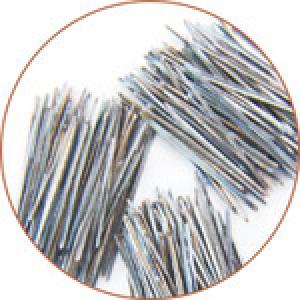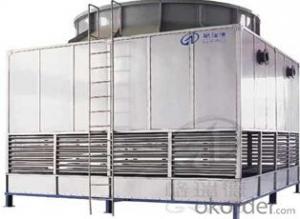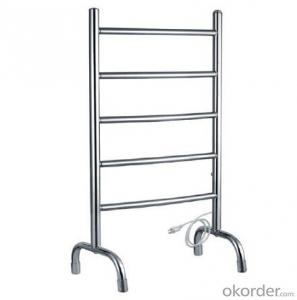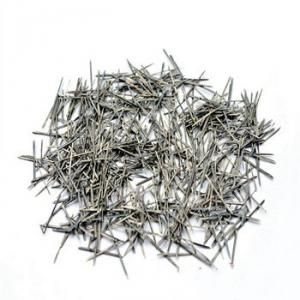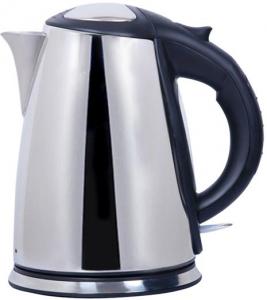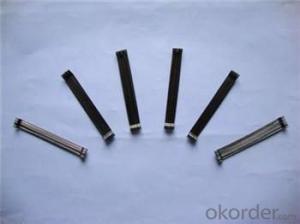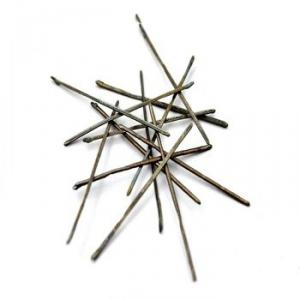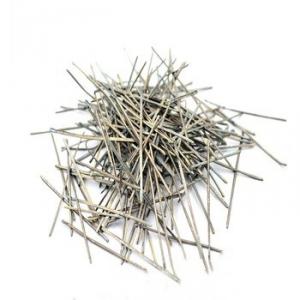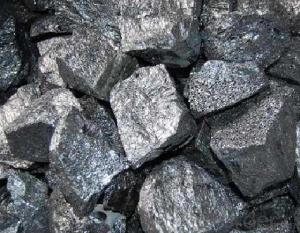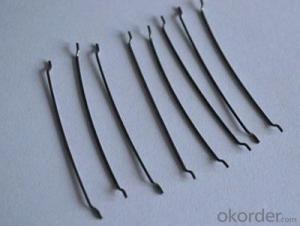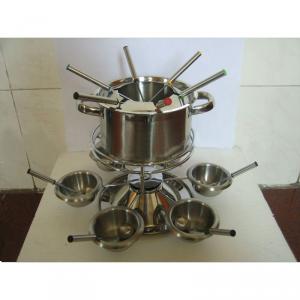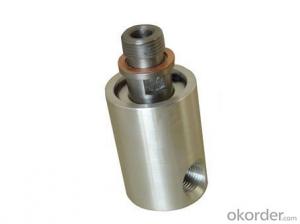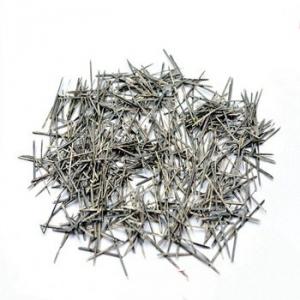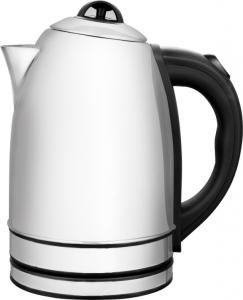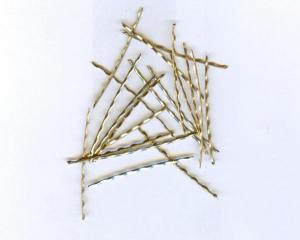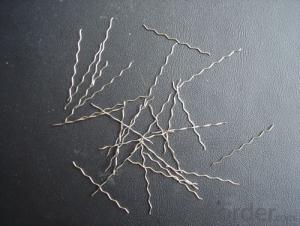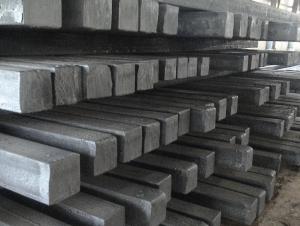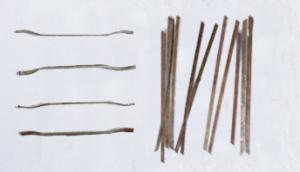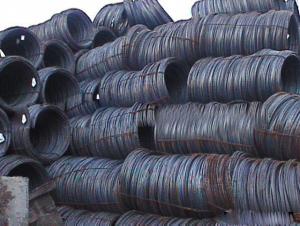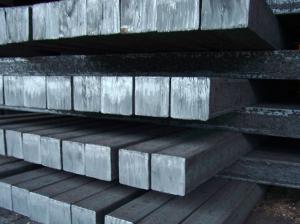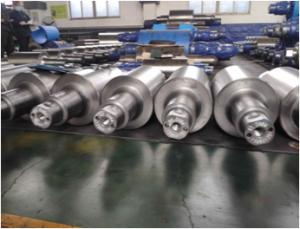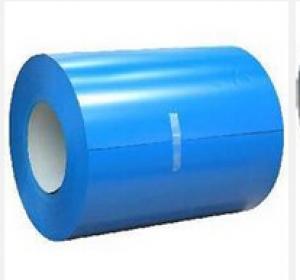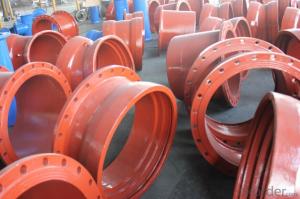Stainless Steel Melt Temp
Stainless Steel Melt Temp Related Searches
Melting Temp Of Stainless Steel Melting Temp Stainless Steel Melt Point Of Stainless Steel Stainless Steel Melt Point Stainless Steel Melting Point Density Of Stainless Steel Stainless Steel Density Stainless Steel Heater Stainless Steel Cool Stainless Steel Heat Capacity Stainless Steel Heat Color Melting Point Stainless Steel Stainless Steel Thermo Stainless Steel Thermos Stainless Steel Refrigeration Stainless Steel Oxidation Heat Color Stainless Steel Density Stainless Steel Stainless Steel Mohs Hardness Stainless Steel Corrosion Hardness Of Stainless Steel Stainless Steel Strength Stainless Steel Hardness Stainless Steel Mesh Stainless Steel Heat Exchanger Stainless Steel Discoloration Heat Treating Stainless Steel Emissivity Of Stainless Steel Stainless Steel Price Stainless Steel QualityStainless Steel Melt Temp Supplier & Manufacturer from China
Stainless Steel Melt Temp encompasses a range of temperature measuring products specifically designed for the stainless steel industry. These products are engineered to withstand the harsh conditions and high temperatures associated with stainless steel production processes, ensuring accurate and reliable temperature readings.The Stainless Steel Melt Temp products are widely used in various applications, such as monitoring the temperature of molten metal during casting, forging, and heat treatment processes. They are essential in maintaining the quality and consistency of stainless steel products, as precise temperature control is crucial for achieving the desired material properties. These temperature measuring instruments can be used in foundries, steel mills, and other manufacturing facilities where stainless steel is processed.
Okorder.com is a leading wholesale supplier of Stainless Steel Melt Temp products, offering a vast inventory to cater to the needs of various industries. With a commitment to quality and customer satisfaction, Okorder.com ensures that the products are of the highest standard and are available at competitive prices. By partnering with Okorder.com, businesses can access a comprehensive range of Stainless Steel Melt Temp products to support their operations and enhance their production efficiency.
Hot Products
